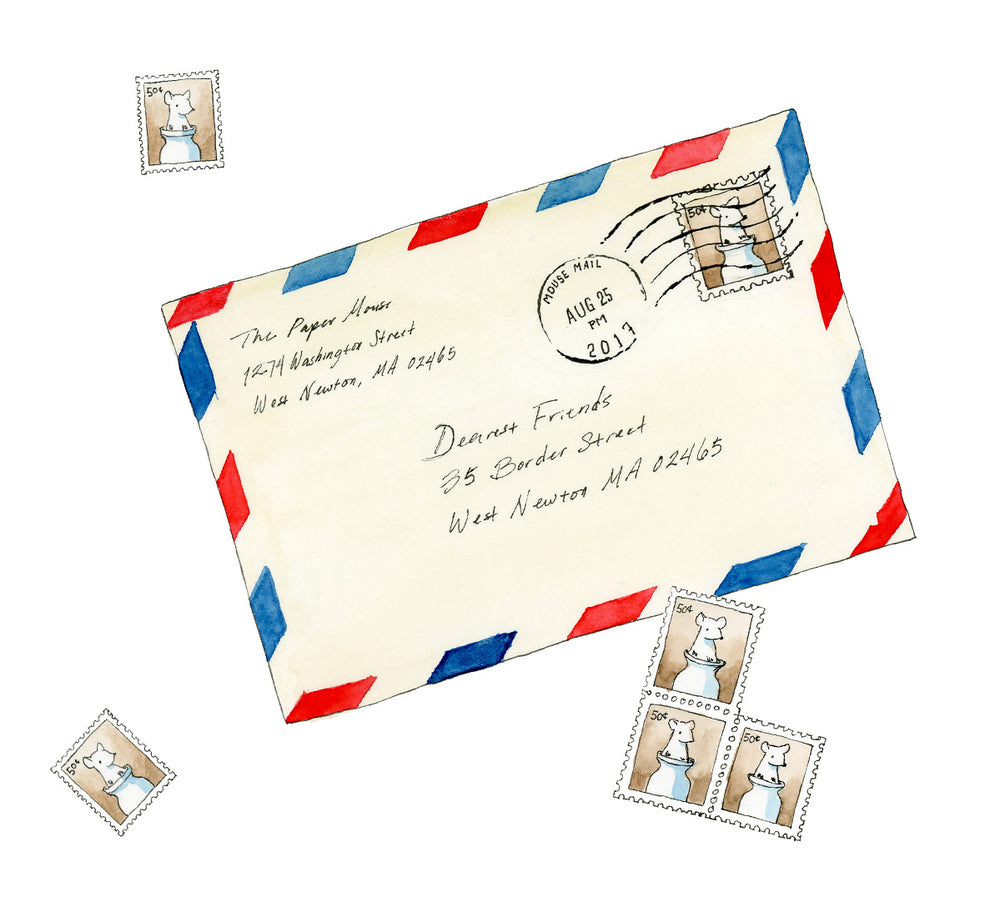Caring for your Fountain Pen
Fountain pens are beloved for the smooth way they write. A good fountain pen will work beautifully for decades, but like all worthy instruments, it requires a little bit of love and care. Luckily, maintaining a fountain pen is easy to do, and you’ll be well rewarded by the pleasure of writing with your pen for years to come.
Everyday maintenance
From day to day, your fountain pen won’t require much care, but remembering a few simple things will help keep the pen in good shape:
- Always store your fountain pen with the cap on. Fountain pens used water-based inks that dry out easily and can clog up the nib and feed mechanism. Closing your pen when it’s not in use will help keep the ink wet and ready to write. It's also best to store your inked pen horizontally or with the nib facing up, so that ink doesn't leak or clog the feed.
- Don’t press too hard on the nib. Unlike ballpoint or rollerball pens, fountain pens require almost no pressure to write - just the weight of the pen is enough. Pressing down too hard can damage the delicate nib.
- Use fountain-pen-friendly paper. This one’s optional, but it will make your writing experience more pleasant! Fountain-pen-friendly paper is usually very smooth, with compact fibers that are less likely to get caught in your nib. It feels great to write on and prevents bleeding and feathering when you write.
If the ink has dried out in your nib, try dipping it in a cup of water, gently drying it with a soft cloth, and then scribbling for a little while to see if you can get it flowing again. Sometimes a little bit of water is all it takes to restart your pen. (The ink color may flow a little lighter at first if it’s been diluted, but this will go away with time.)

Cleaning your pen
No matter how diligent you are, your fountain pen will need occasional cleaning. Over time, ink builds up and dries in the feed, and bits of dust and paper fiber clog the nib. It’s good practice to clean your pen every month or two to keep it in working order, as well as to flush it out when you switch ink colors. If the ink isn’t flowing well, the pen is skipping or feels scratchy, or it’s not writing it all, it may also need a cleaning.
Always use cool or cold water while cleaning your pen, as hot water may damage it. Distilled water is also recommended to prevent any buildup of mineral deposits that tap water can leave behind.
Cleaning steps*:
To clean the pen, unscrew the nib section from the barrel and remove the cartridge or converter. Pour cool water over the nib section to wash away some of the ink. (If your pen has a built-in filling mechanism instead of a removable one, you can follow the steps below.)
If your pen uses a converter, flush the converter with water by filling and emptying it repeatedly until the water comes out clear. Then reattach the converter to the nib section, fill it with water, and flush any ink out of the feed by filling and emptying it until the water runs clear. Remove the converter once again.
Soak the nib section in a cup of clean water. When the water becomes cloudy with ink, replace it with fresh water, repeating until the water remains clear after soaking. For stubborn clogs, you can add a drop of dishwashing soap to the water—just be sure to rinse it well afterwards.
Use a soft cloth to gently dry the nib, then let the nib section rest until completely dry. Put your pen back together, and voila! It’s ready to write again.
*Different fountain pen brands and models may contain different parts or come apart in different ways, but the steps above cover the general process for most pens.




Leave a comment